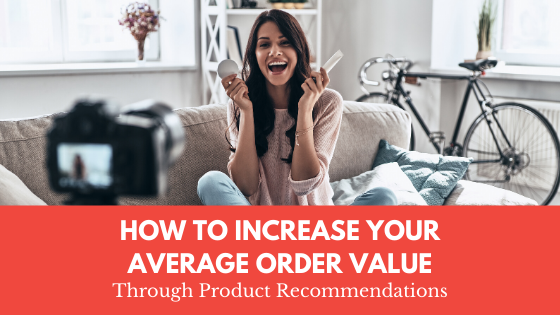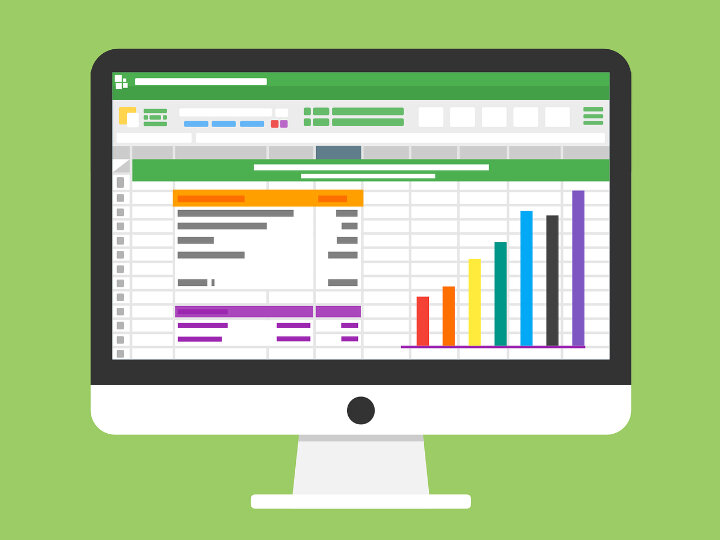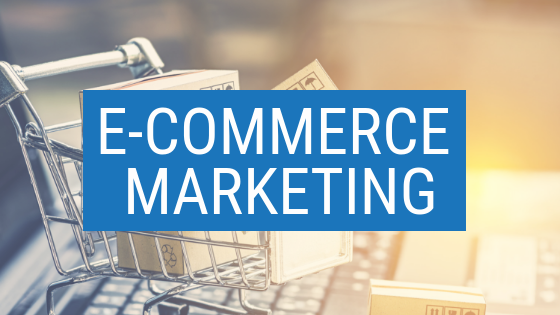Instagram may be one of the most engaging social media platforms but that doesn't mean that you won't experience a decline. As more brands opt for Instagram as their promotional channel the audience’s attention is getting scattered. If you’ve been experiencing engagement decline don’t worry. Oscillations are a regular part of the business.
However, if you want to change your current situation you need to do something about it. Silently observing as your engagement declines will only make it worse. It is time that you roll up your sleeves and gets your audience back. To help you form a successful strategy, we have collected some of the most effective Instagram tactics for improving engagement.
1. MAKE THE FIRST MOVE
Why wait for the audience to come to you? Having your followers leave comments, likes, and share your posts isn't the only way to improve your engagement.
Make the first move and start the interaction with your followers by engaging with their posts. You can be the one who will leave the first comment or like their post.
Such a proactive approach will attract followers' attention to your brand and encourage them to engage with your brand.
2. REPOST USER-GENERATED CONTENT
Show how much you value your customers by sharing their posts. User-generated content is perfect for increasing engagement. It provides you with an endless flow of content and helps you to get noticed by your customers' followers.
Collect user-generated content by encouraging your customers to post about your products on Instagram if they are satisfied with the product. Mention a specific hashtag that they should use so that you can keep track of it.
Check out how Wayfair, an online furniture store collects user-generated content through their hashtag #wayfairathome.
3. CREATE INSTAGRAM POLLS
Polls and surveys have become quite popular on Instagram. Not only do they help the brand to get informed about customers’ opinions but they also work great for increasing engagement.
Making polls is easy and fun. You can ask any type of question from more personal ones to those that are related to your brand.
If you need some help with creating Instagram Story polls, this guide by Social Media Examiner will tell you everything that you need to know.
4. SHARE VIDEOS
The fact that videos have a 38% higher engagement rate than image posts tells you enough about how useful videos can be.
They make the users more attentive and their interactive nature increases their concentration. Videos make your brand more approachable which will encourage the users to engage with your brand.
The crucial aspect of video posts is that they have an attention-grabbing introduction. Additionally, focus on a single idea and keep the video length under 30 seconds.
5. GO LIVE
Instagram’s live videos are very popular among users. More than 500 million Instagram users use this feature daily.
The reasons why live videos are helpful for your engagement are the following:
You can engage in live interaction by responding to users’ comments in real life.
Live videos will position you first in followers’ Instagram Story feed.
It enables you to respond to more comments or questions since it is less time consuming than written responses.
They evoke a sense of urgency because they are available only 24 hours.
80% of Instagram users claim that they prefer to watch live videos from brands than to read their blog posts.
6. USE IG TV
For longer videos, you should use IG TV. Since Instagram has a limit of 1 minute for live videos, IG TV is created for posting videos that last longer.
Your IG TV content can be informative and entertaining. These longer videos are useful for establishing a closer connection with your followers.
The type of videos you can post on IG TV are:
Tutorials
Behind the scenes
Meet the team
Unboxing
Customer success stories
First impression videos
7. START A CONTEST
When there is a free prize in questions, the users won't be able to resist you. Instagram contests can be very entertaining and you can encourage engagement through requirement.
For example, one of the requirements can be to leave a comment on that post or to share the post on their Instagram Story.
To ease the process of choosing the winner, use a hashtag that will gather all of the contestants’ posts. Starbucks used the same trick for their Red cup contest.
What’s also important is that the invite to the contest is appealing for your target audience. Browse through best writing websites to find a writing service that can help you out with that.
8. TRY OUT AFFILIATE MARKETING
Affiliate marketing is mostly used for increasing sales, but it can also help with your engagement rate.
Through affiliate links, users will discover your brand. Even if they don't go through the purchase at that time, they will memorize your brand.
The affiliates will ensure your credibility so their followers will feel confident enough to engage with your posts and ask you about your services or any doubts that might arise.
9. TEAM UP WITH INFLUENCERS
Users will feel more trustworthy towards your brand if their beloved influencer mentions you. The impact of influencers on users is very powerful. Therefore, that can be your chance to increase user engagement.
You don't have to establish long-term cooperation. Even a simple Instagram Story or post will get the followers to notice you and interact with your brand.
Just find an influencer whose followers have characteristics of your target audience and give influencer marketing a try.
10. TELL STORIES
There is something about stories that captivate our attention. Is it that reminds us of childhood? Wherever the power of it lies, you this to your advantage.
Share stories about relevant events, your past experiences, news you’ve heard, your beginnings, etc. The relevant part is that you structure the story (introduction, body, conclusion) and express your brand’s personality through it.
A useful tip that will help you to make your stories more engaging is to end it with a question. It can be something related to the story or a general question such as “What are your opinions on it?”
BE PERSISTENT AND TRACK RESULTS
While engagement decline can be harmful to your marketing purposes, it is nothing that can't be fixed. With these simple tricks, you'll be on the right track of getting your followers back.
One last tip that you need to keep in mind is that persistence and dedication are a must. If you want to see results you need to commit to the cause. Also, make sure that you show consistency in tracking the results. Through those findings, you'll know which tactics work best for your business so that you can focus on those.























































